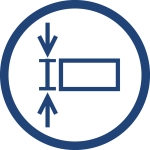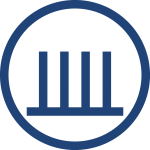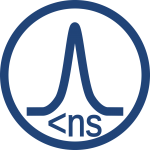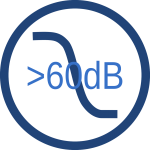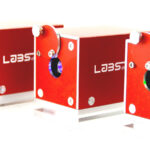- Small and Versatile
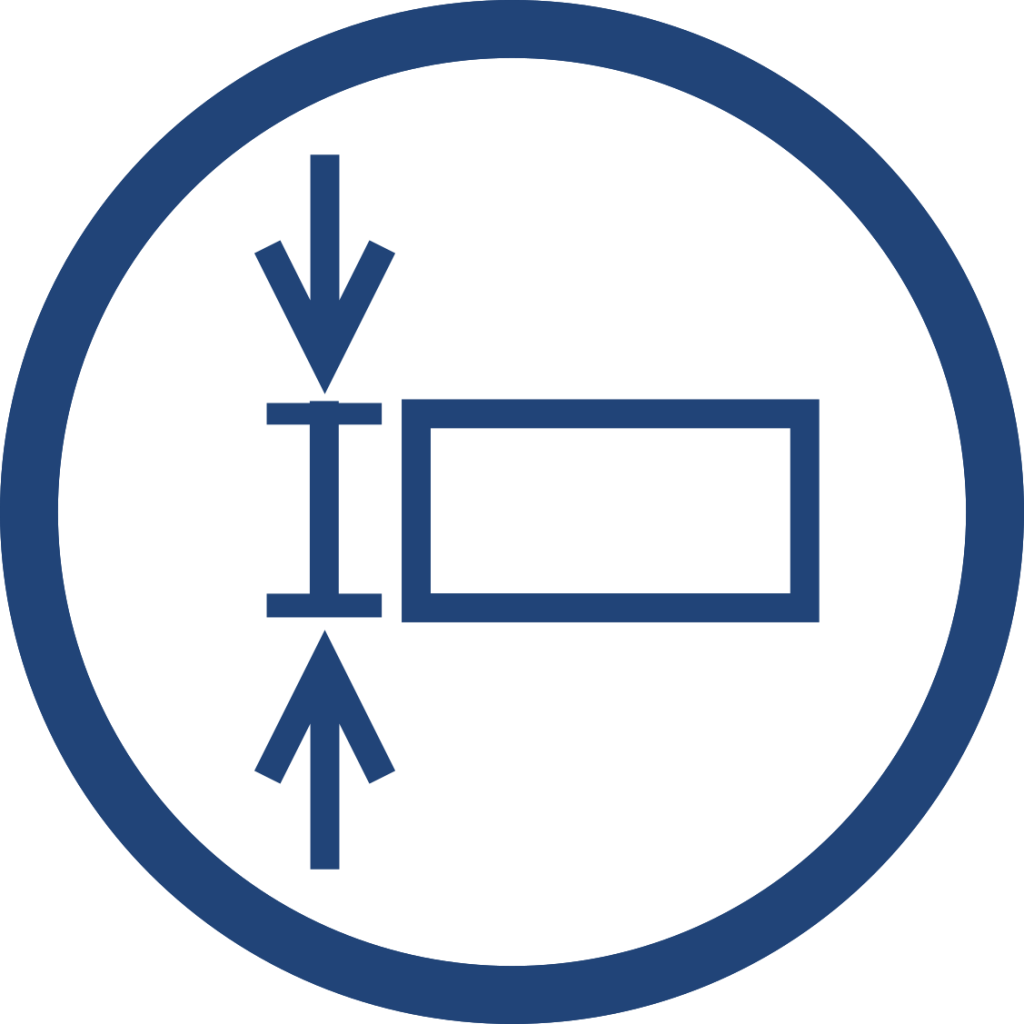
The DLnsec represents a reliable source of arbitrary laser pulses from even sub-nanosecond duration to cw with rise- and fall-times on the order of or below one nanosecond and repetition rates of tens of Megahertz. Their extinction ratio is virtually infinite.
They require only 36 square centimetres of space on your optical table and come with a load of mounting options like M4 and M6 threaded holes in the baseplate and a groove around it to make them compatible with standard clamps. These features allow easy integration into any existing optical setup.
- Fast trigger and sync
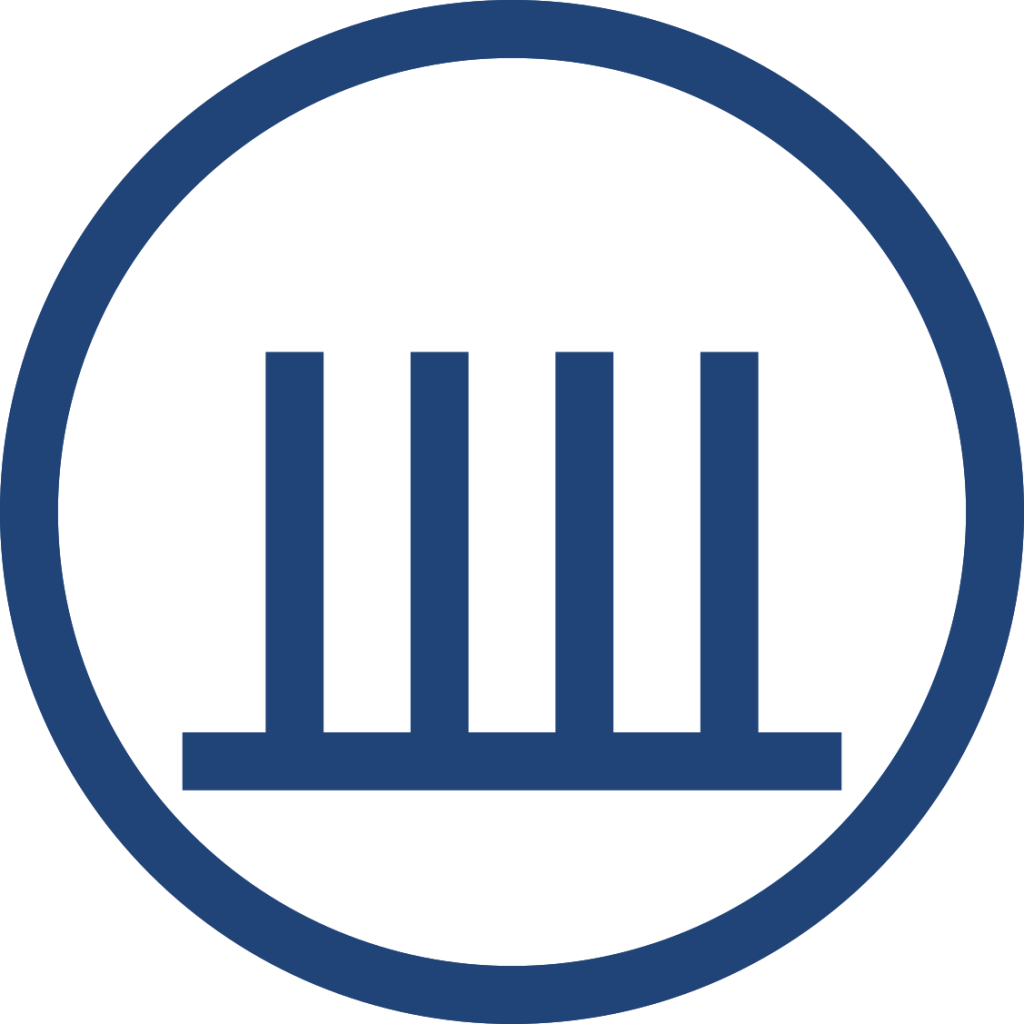
The DLnsec includes an internal trigger source that can be used if pulses don’t have to be shorter than 50 ns and rep-rates not higher than 62 kHz. If you want it fast, the DLnsec™ can be triggered by an external TTL source. Independent of the source used to trigger the light pulses, the DLnsec™ comes with a synchronous LVTTL output. This signal is triggered by the internal current pulse driver circuit and has only a very short delay of a few nanoseconds with respect to the emitted light pulse with jitter on the order of only a few tens of picoseconds. This allows triggering measurements very precisely on the emitted light pulse.
- Easy to Connect

The laser’s user interface is very simple. All its functions are software-controlled via plain text commands over USB. The control and programming are thus completely platform and software independent and you can use any programming language that is able to send plain text via a virtual serial connection. This makes it extremely easy to integrate the DLnsec™ into existing software environments. We and our customers have already used many different languages like Python, Matlab, LabView as well as simple terminal emulators like PuTTY on different operating systems to control the DLnsec™. Even a usual smartphone can fully control the DLnsec™ if it supports USB-OTG.
- Custom solutions

Although the 520 nm / 80 mW version is our most wanted, we build laser systems on our customers’ demand’ with the specs required for their experiments.
We are able to offer customized systems in the visible range from 400 nm to 520 nm and from 630 nm to 780 nm and in the NIR range from 780 nm to 1500 nm.
Available output powers and fibre coupled options depend on their availability on the market. Talk to us!
- Affordable

Finally, this all comes for a very affordable price. Ask for a quotation. Simply write us an email: sales(at)labs-electronics.com.
- Ultra-Fast Pulses
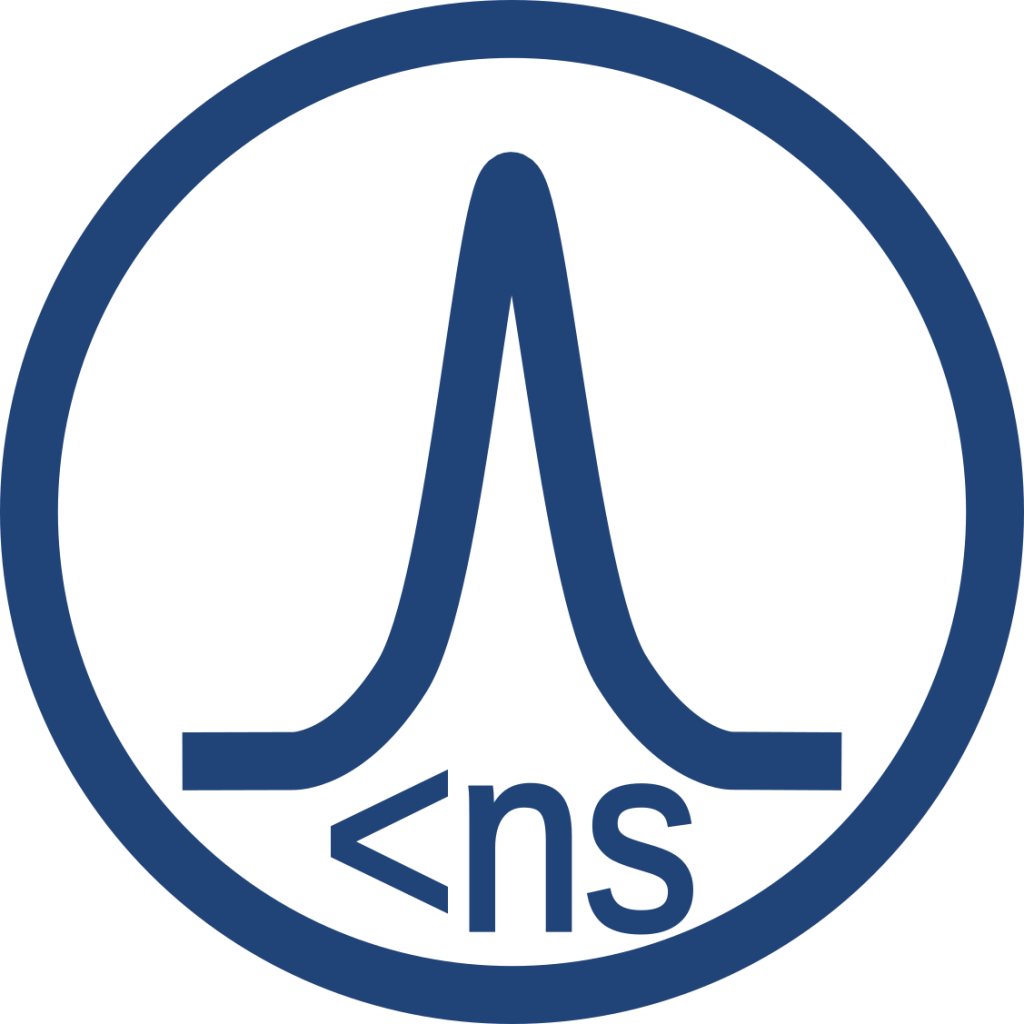
If you are looking for a small diode laser with sub-nanosecond pulses the DLnsec is perfect for you!
With ultra-short rise- and falltimes, steep flancs and clear pulse characteristics, the DLnsec is not only one of the smallest lasers in its class but also one of the fastest!

Example DLnsec rise time Full Width at Half Maximum (FWHM) - Ultra-short rise- & falltimes

The rise- and falltimes of the DLnsec are almost legendary. Steep flanks and high repetition rates bring light to the point!

Example DLnsec rise time 
Example DLnsec fall time - Unprecedented Contrast
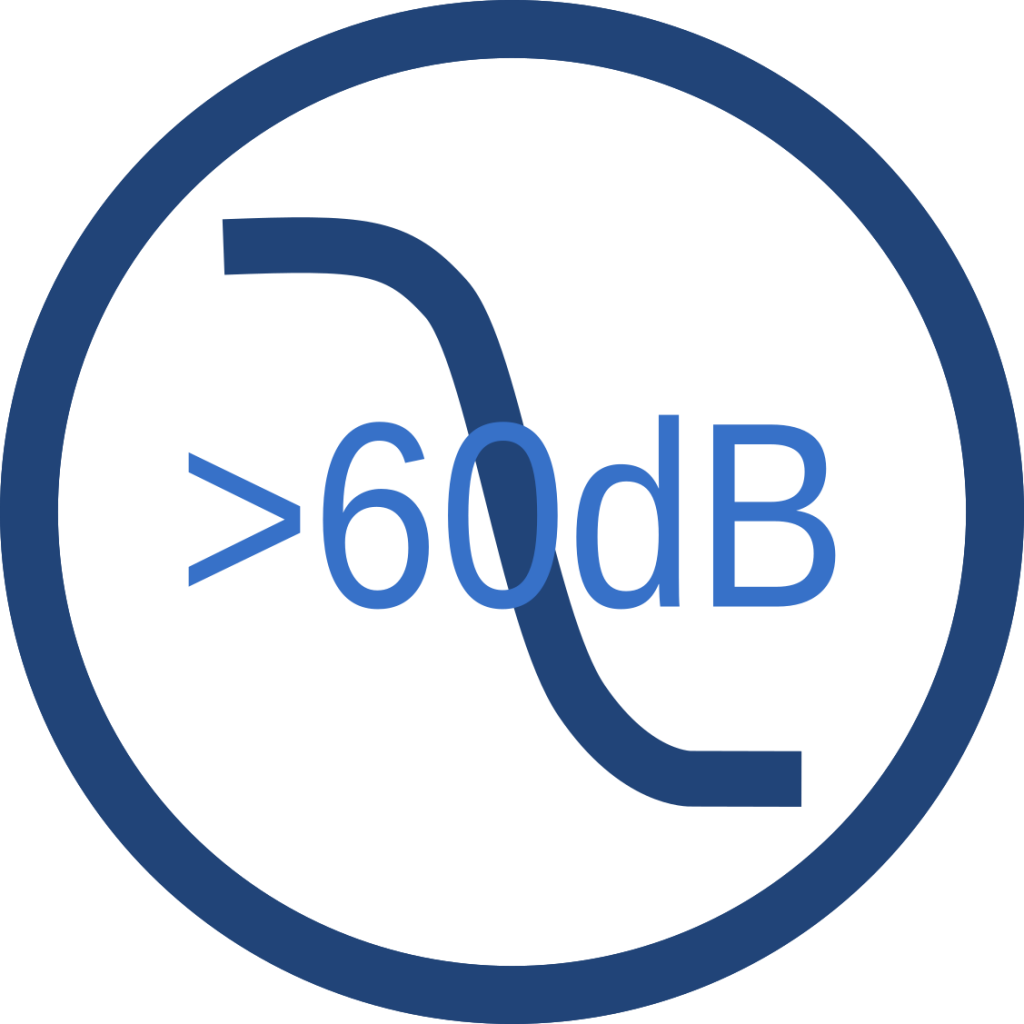
Many laser systems on the market have on / off extinction ratios that are often limited to 40-50 dB.
Not the DLnsec! Due to state-of-the art technology, the extinction ratio of the DLnsec is virtually infinite!
- Introducing the DLnsec
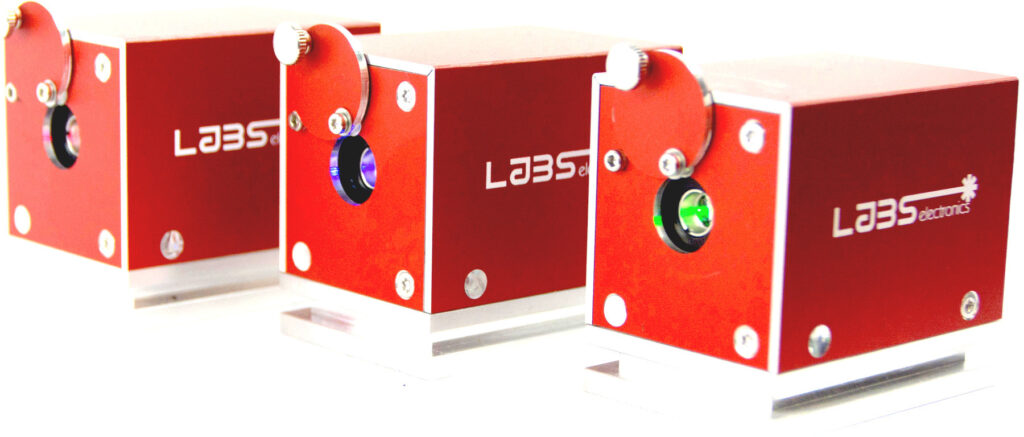
Diode laser systems that deliver nanosecond light pulses on demand like the DLnsec™ are state of the art technology. There are only a few devices available on the market that deliver such short laser pulses. Many of them either use resonant circuits and can therefore only deliver pulses of fixed length / fixed frequency, or are much slower and can only generate pulses on the order of tens of nanoseconds or with limited bandwidth. The alternatives used when arbitrary pulse lengths and high repetition rates are required are often CW laser sources such as frequency doubled DPSS lasers with an external acousto-optic modulator. However, such systems have many disadvantages: they are bulky and expensive and need frequent maintenance in the form of realignment. And even if they are well set up and maintained, their on / off extinction ratio is usually limited to less than 60 dB.

